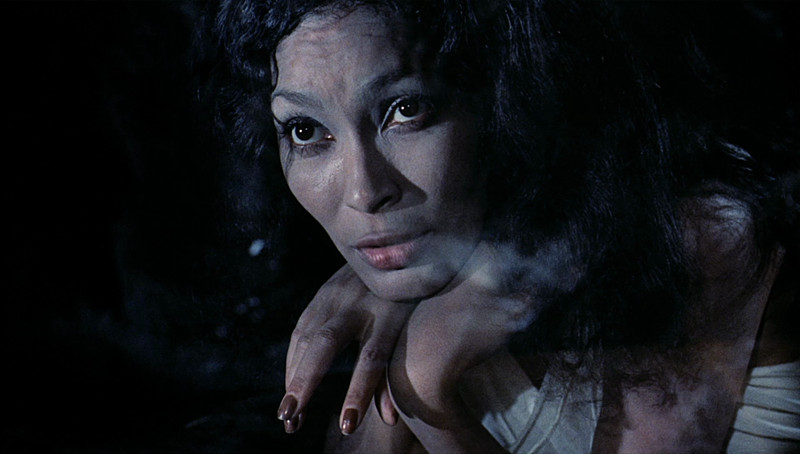
Shocks… Thrills… Chills!
The exploitation movie has been around for a long, long time. There’s even reason to believe that Thomas Edison might have been an O.G. pioneer in the field: his movie The Execution Of Mary Stuart, among the first ever made, features Mary, Queen Of Scots getting her head chopped off and literally nothing else.
But like anything that’s been around for this long, it’s become host to a number of subgenres, none of which are without merit. This list is intended to showcase the breadth and depth of the exploitation movie; some of these movies — one in particular — aren’t really exploitation movies at all, but clearly come from a similar set of preoccupations: namely, that the primary concern is to be as entertaining as goddamn possible.
So here they are: bikers, nurses, kung fu masters and psychic brains, aliens who bleed booze and even the Yeti himself, all coming together for your collective amusement.
1. Rock All Night
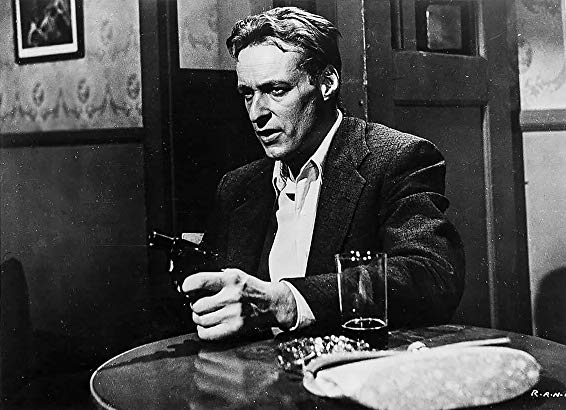
It was 1956 and it was clear that things were changing — that the culture was becoming much more youthful, for one — and rock n roll spoke to the free-spiritedness that was becoming the new norm. Rock Around The Clock came out that year, and by the next one, Roger Corman had made two movies in response: Carnival Rock and Rock All Night, both of which feature Dick Miller and both of which exemplify his then-philosophy that if the audience was made up of kids, then the movies should reflect that. Some people even say he “invented” the youth demographic with this philosophy, and it’s basically been the guiding light of entertainment since. Not bad for the guy who produced Teenage Caveman.
In retrospect, as I’m sure it was at the time, the rock movie was a perfect fit for the Pope Of Pop Cinema: it allowed him a combination of simplicity, aggression and fearlessness that was perfect for the youth market. In this one — his second kick at the can — Dick Miller plays a down and out drinker who pops into a rock n roll bar, only for it to be taken over by two murderers on the run from the law. What follows is tense and simple, and never loses its sense of cool. It’s absolute vintage Corman.
In the early 90s, Showtime was planning to do a series of remade movies from AIP’s glory days, and Tarantino was selected to do Rock All Night. Unfortunately, it fell through, but if you look closely, you can see the influence of this movie on Tarantino’s style, in everything from the way the plot’s made up of shorter stories all playing off one another, to the use of music, to the sense of perennial hipness. You can easily imagine him remaking this, and I don’t know that I can do better than to recommend it with that fact in mind.
2. Angels As Hard As They Come
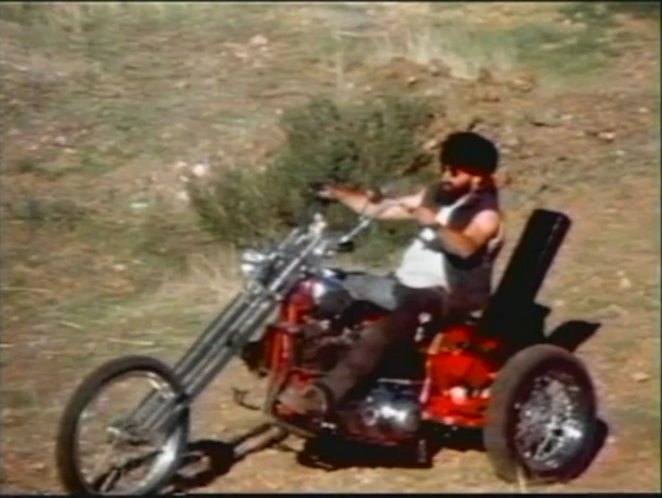
If you’re in the business of writing listicles about so-called “cult movies”, you’re gonna have a lot of Corman-related material in there. In a way, it’s kinda like writing a list of the best comic books and finding that Batman’s in there a lot — there are just more good ones with his name on them than anybody else.
What makes this one special is that it’s Jonathan Demme’s first credit, having previously done advertising work for New World Pictures. Capitalizing on the success of Corman’s earlier The Wild Angels, Angels As Hard As They Come is a biker movie written by Demme about H.A. members who, while on the run from the law, hole up in an abandoned town run by hippies. Seems like a safe enough spot to me. But after one of the hippie girls is murdered, the bikers find themselves blamed for it and are held prisoner by the psychopathic leader of the commune, a dangerous lunatic named the General, who puts them through a series of painful ordeals as punishment. It’s got drugs, sex, and a third act so violent you might need to bring a change of pants.
Also special about this movie: early performances by Scott Glenn (who would later re-team with Demme on The Silence Of The Lambs) and the inimitable Gary Busey, pre-concussion. What else do you need?
3. Night Call Nurses
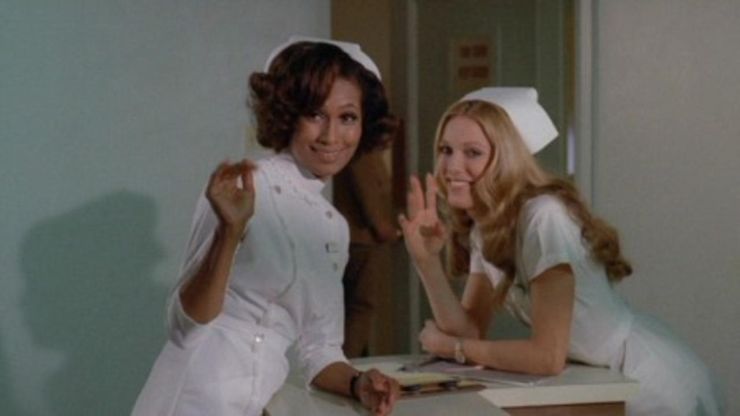
The Nurse cycle of movies were all, in some sense, imitations of Valley Of The Dolls, particularly in the way that they used that movie’s tripartite structure. According to the mini-documentary Anatomy Of A Nurse Movie, in each of them there would be a blonde nurse who had a humorous plot, a brunette with a sexy plot and a woman of colour who had a political plot. Eventually, if possible, these plots would come together in the end. If not — whatever. There was always the requisite upper-frontal and rear nudity and tonnes of sex to fall back on.
This formula worked so well for New World that they used it in several other movies outside of the Nurse cycle until it was kind-of parodied by their own Hollywood Boulevard. So really, if you like Night Call, I’d not only recommend the other Nurse movies (which are The Student Nurses, Private Duty Nurses and Candy Stripe Nurses) but also Fly Me and Cover Girl Models, and, in a continuation of the Nurse cycle, the Teacher movies: The Student Teachers and Summer School Teachers. They’re all so different; they’re all so the same.
If it ain’t broke, don’t fix it.
4. Run, Angel, Run!
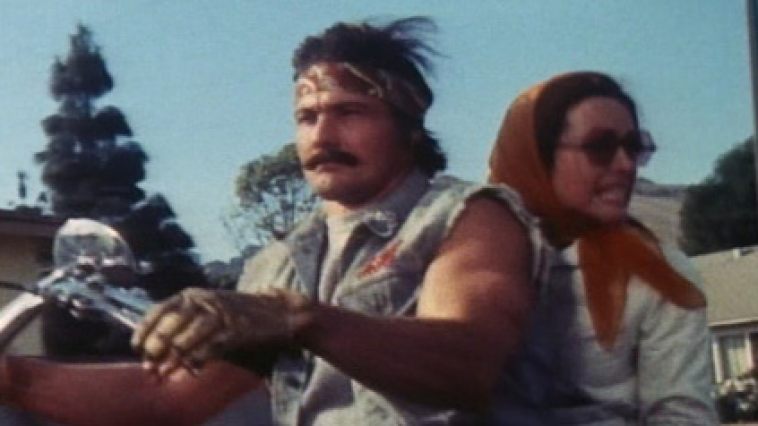
One of the best parts of using the Shout Factory TV streaming service comes at the beginning of watching certain movies when the site asks for age verification. It reminds me that at some point, there were movies that were considered dangerous: that they could be a corrupting influence, that they might draw their audiences into hedonistic mayhem, or — worse yet — not vote for Nixon.
Watching Run, Angel, Run! is like walking into a time capsule when it was fun to be bad. It follows the titular Angel, something of a psychopath himself, a biker who sells his buddies out for $10k from a magazine. What follows is a series of misadventures — most of which involve sex and violence — that can only be described as being totally, completely cool. Its irresponsibility, like in The Wild Angels, is its strength.
And if you like this one, its star, William Smith, was in a whole bunch more after Run, Angel became the 15th highest grossing movie of its year.
5. True Legend
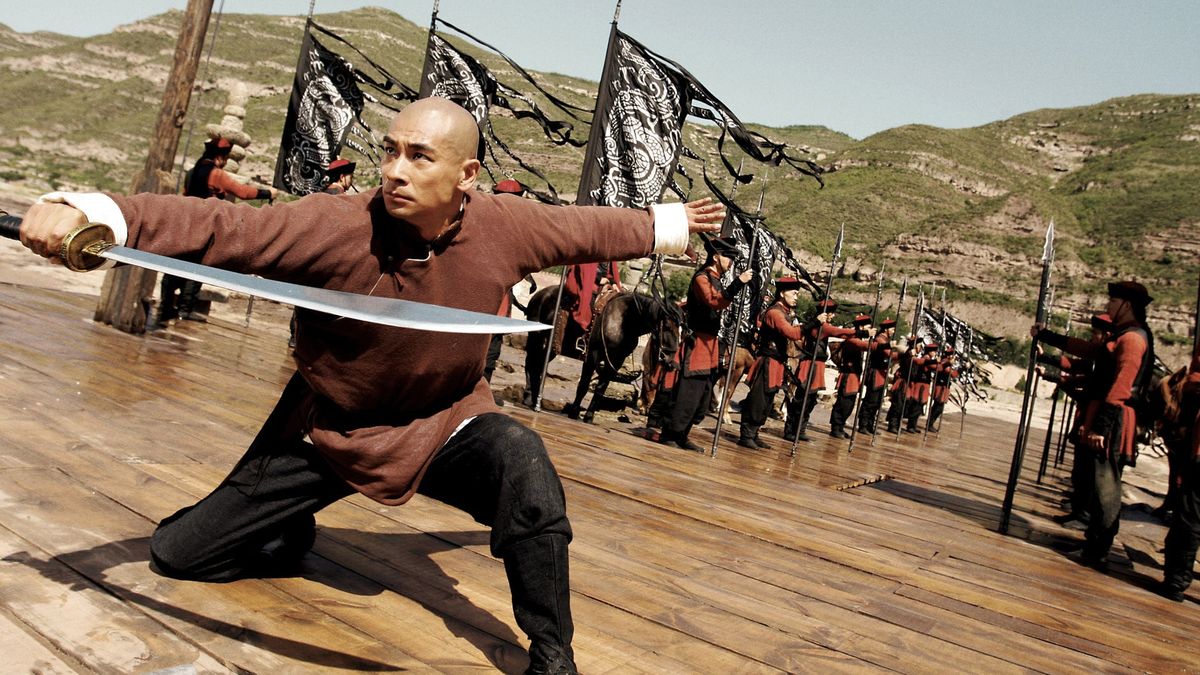
So this is the one I alluded to earlier, in that it’s not exactly an exploitation film. It has many of the hallmarks: wall-to-wall action, hyperbolic villains and a willingness to go into the realm of absolute lunacy for the sake of entertainment. But it has a big budget, and it was directed by the great Hong Kong director Yuen Woo-ping, who choreographed The Matrix. Because of this, it’s missing the guerilla-style aesthetic that characterizes much of these movies. But the spirit is still there — and so is David Carradine.
True Legend follows a man named Su Can — a folk hero in China — who begins the movie as a general and soon retires, only for his brother-in-law to exact bloody revenge on Su Can’s father for the murder of his own old man. Thus begins a bloody story of vengeance across feudal China, and the origin myth of the Drunken Master fighting style.
Also, the bad guy is a pale psychopath consumed by vengeance who not only has “black gold” sewn onto his skin — effectively making him invincible — but uses a fighting style called the Five Venom Fists which makes his punches poisonous. This is exploitation in principle if not in practice, but all that means is that it can take the crazy and place it inside a giant spectacle. It’s the product of a master at work.